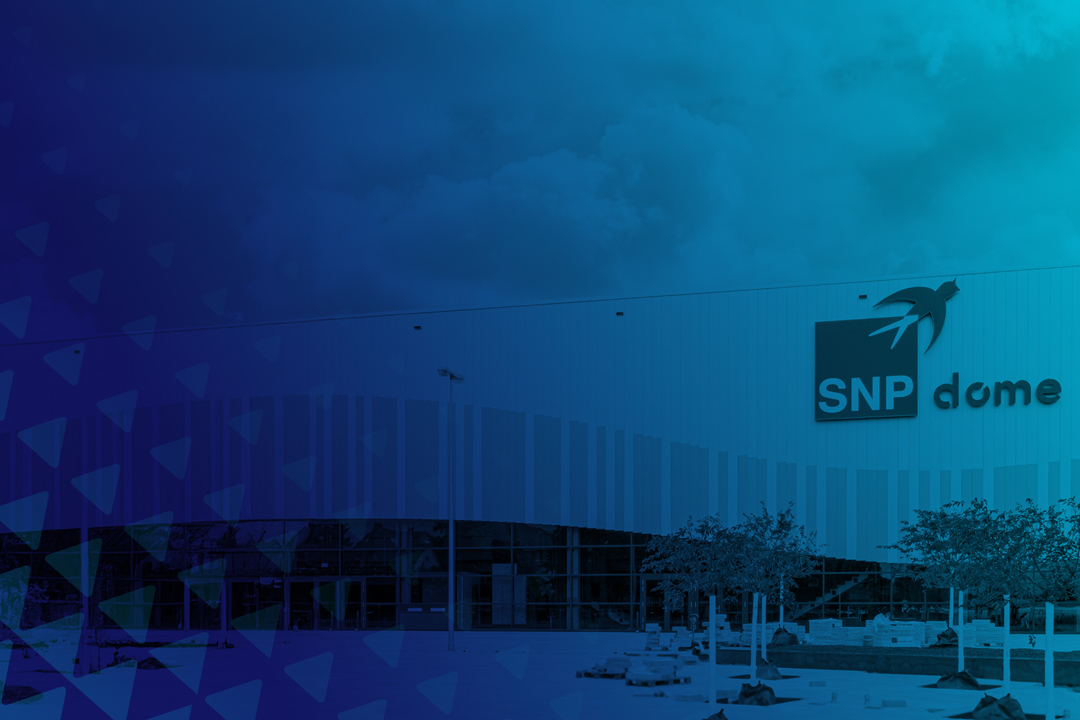What business agility means for SAP-driven enterprises
Business agility isn’t just about moving fast; it’s about staying ready. This post breaks down what can hold enterprises back, and how Kyano helps IT leaders build the flexibility, clarity, and control they need to adapt without disruption.
Share
Transformation is no longer an initiative for enterprise IT leaders; it’s a constant.
Whether driven by M&A, supply chain shifts, or regulatory pressure, change now happens in shorter, higher-stakes cycles.
To keep up, businesses need more than fast decision-making – they need systems and data that are ready to move when the business does. That’s what true business agility looks like today: flexible, transparent, and composable.
And it all starts with the foundation that powers how your SAP systems adapt to change.
Business agility: What it means for IT leaders
Agility isn’t just about reacting quickly. It’s about being structurally ready to act without disruption. That kind of readiness doesn’t come from workshops or slogans. It comes from systems, processes, and data that can shift when the business needs them to, without months of rework.
This is where composability matters. When systems are modular and loosely coupled, you can make changes in one area without breaking another. For SAP-driven enterprises, especially those moving to Cloud ERP or SAP S/4HANA, this means building an architecture designed for ongoing change, not just a single go-live. With a composable foundation, agility stops being a buzzword and becomes your default. But before you can build agility, you need to remove what’s blocking it.
What blocks agility in SAP environments
Most large enterprises aren’t lacking vision; they’re stuck with systems that weren’t built for change. Take the example of introducing a new business model or spinning off a regional unit. In many SAP environments, this can lead to a series of technical complexities: custom code that requires adjustments, rigid integrations that need reworking, and data dependencies that are difficult to fully map. What should be a business-led initiative turns into a nine-month IT project.
Even basic transformation work (like consolidating systems, moving to the cloud, or upgrading to SAP S/4HANA) is often slowed down by:
- Tightly coupled architectures where every change in one area impacts three others
- Data silos and outdated tools that make it hard to get a full picture of what’s running where
- Manual processes for testing, archiving, or validating data that can’t scale
- Project sprawl, where multiple teams are working on overlapping initiatives with no central coordination
The outcome is predictable: long timelines, ballooning costs, and missed opportunities to move when it matters most. To move faster, you need systems that don’t hold you back and a way to manage change without starting from scratch each time. That’s where composability and clean, controlled data come in.
The foundation for agility: Composability, clean data, continuous control
Agility doesn’t start with speed. It begins with structure. If your business is going to adapt quickly, you need to design systems made for change, not patched together in response to it.
This foundation depends on three things:
Composability
Modular, flexible systems let you adapt one part of your business without dragging the rest with it. Whether rolling out a new product line, absorbing an acquisition, or retiring legacy apps, composability means you can make surgical changes instead of major overhauls.
Clean data
Fast decisions depend on trusted data. But in many enterprises, key data is scattered, duplicated, or out of sync across systems. Clean data means knowing what’s where, what’s current, and what’s actionable without guesswork.
Continuous control
Transformation is an ongoing process, not a one-time event. Without constant visibility into systems and processes, maintaining agility can quickly become challenging. Continuous control means having the ability to regularly assess, adjust, and realign your systems in real-time, so you’re always prepared for the next change, without having to start over.
This is the foundation every agile enterprise needs, and it’s what SNP is built to deliver.
Let’s look at how the Kyano platform puts that foundation into action.
Kyano: The platform built for agility in SAP environments
Agility falls apart when systems are rigid, fragmented, or unpredictable. Kyano is designed to solve all that and give IT leaders a flexible, modular platform to take control of transformation across the entire data lifecycle.
Here’s how it works in practice:
Challenge 1: Complex, fragmented landscapes
SAP landscapes often become difficult to manage over time due to multiple instances, overlapping customizations, and unclear integrations.
Kyano Foundation gives you a clear, always-updated view of your SAP environment. It automatically identifies system dependencies, flags outdated components, and runs ERP housekeeping to remove technical debt before it causes delays.
Challenge 2: Slow, risky migrations
Many organizations delay innovation because they fear downtime, failed cutovers, or long migration cycles.
Kyano Move supports selective, software-driven data migration, so you can modernize systems without migrating unnecessary baggage. It allows you to collapse multiple projects into one streamlined go-live, often in less than six months.
Pfizer did exactly that by migrating their 85 TB SAP system to SAP S/4HANA in just 43 hours and selectively transferring only relevant data. This streamlined their ERP landscape, reduced legacy data and structures, and improved operational efficiency.
Challenge 3: Manual data management and testing
Routine tasks like archiving, testing, or application retirement can stall progress when they rely on manual effort and disconnected tools.
Kyano Manage automates these workflows. It supports everything from end-to-end testing to application lifecycle management – freeing up internal capacity and reducing human error.
Challenge 4: Lack of metrics to assess and improve agility
You can’t improve what you can’t measure. Most IT leaders don’t have a way to benchmark agility, track progress, or identify weak points.
Kyano’s Agility Index solves that. It provides a continuous assessment of how ready your systems are for transformation – based on real benchmarks and system-based recommendations. Think of it as a control tower for long-term agility.
With Kyano, agility isn’t just a goal. It becomes a measurable, built-in capability you can rely on – again and again.
Build agility into the way you operate
Transformation will keep accelerating. New regulations, mergers, and market shifts won’t wait for your systems to catch up. That’s why agility can’t be a side effect of good luck or heroic IT effort. It has to be built into the way you operate.
With Kyano, SNP gives you the tools to do just that: clean, connected data, modular systems, and complete visibility across your entire SAP environment. Whether you’re preparing for SAP S/4HANA, moving to the cloud, or gearing up for the next carve-out, Kyano helps you move with confidence, not complexity. Because when your systems are ready, your business is too.
Want to hear more on what business agility looks like in practice? Listen to Tara von Metzen, Head of Products and Innovation at SNP, on the BARC podcast.






